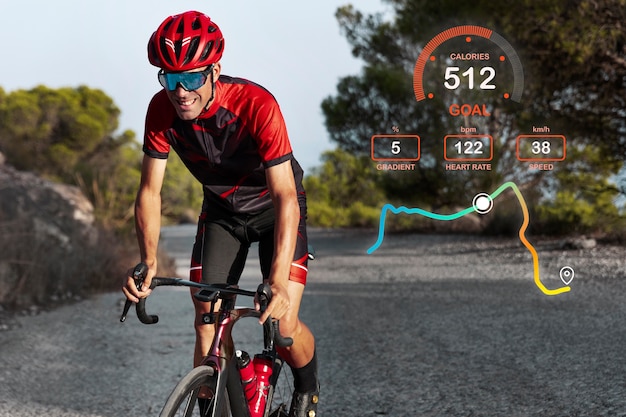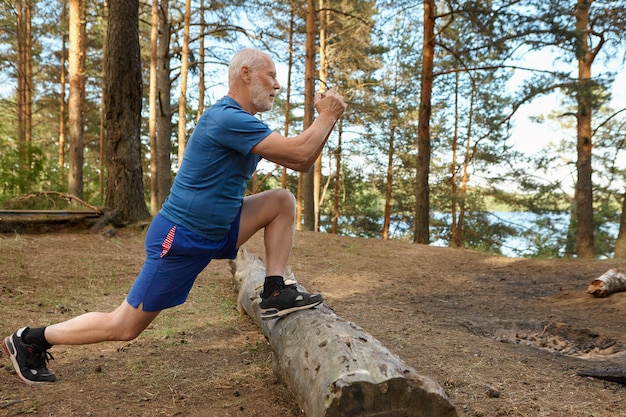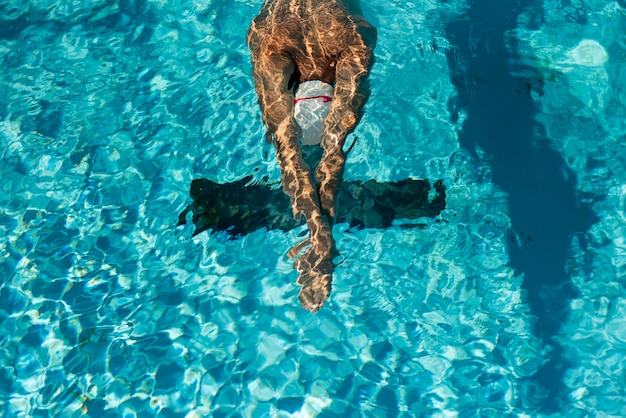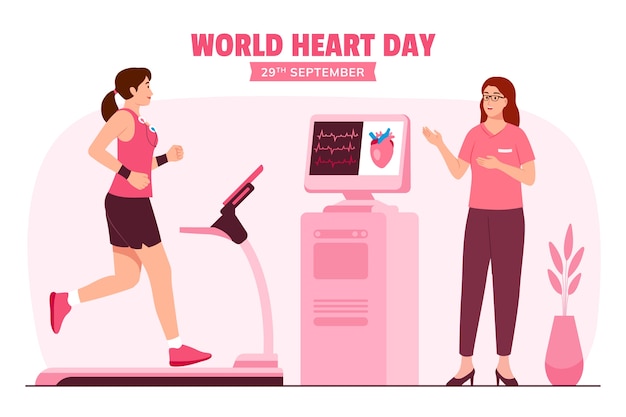Master Swimming Laps in Just 50 Minutes a Day: A Biohacker’s Guide to Tracking, Progress & Motivation
Swimming is one of the most effective full-body workouts available—low impact, high reward, and perfect for long-term joint health. But starting a consistent lap-swimming routine can feel intimidating. The good news? With just 50 minutes a day, you can build endurance, track measurable progress, and stay motivated using smart biohacking techniques.
Why 50 Minutes a Day?
Fifty minutes allows enough time to warm up, swim with purpose, cool down, and log your session—without overwhelming your schedule. It aligns with standard pool lane availability and fits neatly into most daily routines, whether you're an early riser or winding down after work.
This time frame supports gradual progression. Beginners can start with shorter intervals and build up, while experienced swimmers can use the full 50 minutes for structured training sets, technique refinement, or interval sprints.
Step-by-Step: How to Start Swimming Laps
- Get the Right Gear: A well-fitting swimsuit, goggles, and a swim cap are essential. Consider investing in a waterproof fitness tracker to monitor heart rate, stroke count, and distance.
- Choose the Right Pool: Look for a pool with consistent lane availability, clean water, and minimal overcrowding. Early mornings or off-peak hours often offer the best experience.
- Warm Up (5–10 minutes): Begin with easy swimming—200–400 meters at a relaxed pace. Include drills like kicking with a board or catch-up strokes to activate muscles and improve form.
- Build Your Main Set (30–35 minutes): Structure your swim with intervals. For example:
- 4 x 100 meters freestyle with 30 seconds rest
- 8 x 50 meters at moderate effort, 20 seconds rest
- Pyramid set: 50-100-150-100-50 meters with equal rest
- Cool Down (5–10 minutes): Swim 200 meters easy, focusing on smooth breathing and technique. Include stretching at the wall—shoulder rolls, quad stretches, and ankle mobility work.
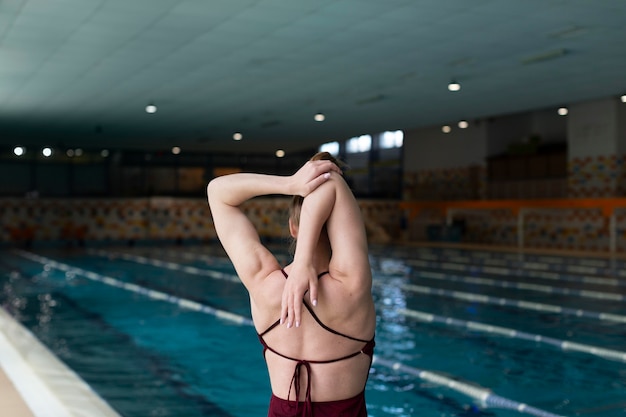
Biohacking Your Swim: Track Smart, Improve Faster
Biohacking isn’t just about supplements—it’s about optimizing performance through data. Apply this mindset to swimming by tracking key metrics:
- Distance per session: Start with 500–800 meters and increase weekly.
- Time per lap: Monitor pace on 50- or 100-meter repeats to gauge endurance gains.
- Stroke count: Fewer strokes per length with the same time = improved efficiency.
- Heart rate: Use a waterproof monitor to track exertion and recovery.
- Perceived exertion (RPE): Rate each session from 1–10 to identify trends in energy and fatigue.
Use a swim logbook or app to record these metrics daily. Over time, you’ll see patterns—like improved stroke efficiency or faster recovery—helping you adjust training intensity and avoid burnout.
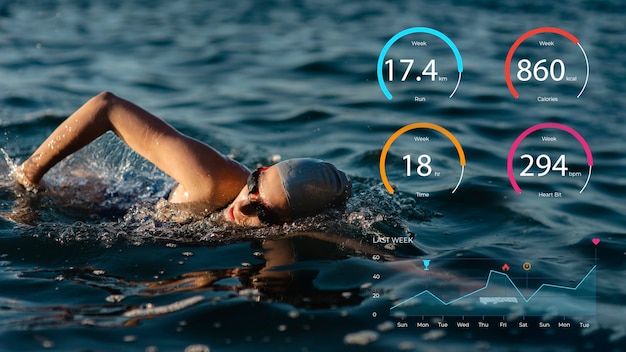
Motivation Cues to Stay Consistent
Consistency beats intensity. Use these psychological and environmental cues to stay on track:
- Set Micro-Goals: Aim for “5 sessions this week” instead of “get fit.” Small wins build momentum.
- Visual Progress Board: Chart your weekly distance or time improvements on a wall calendar.
- Pair with a Habit: Swim right after your morning coffee or before your evening shower to anchor the routine.
- Join a Masters Group: Even occasional participation boosts accountability and technique feedback.
- Reward Milestones: After 10 sessions, treat yourself to new gear or a massage.
Optimize Recovery: The Biohacker’s Edge
Recovery is where gains happen. Post-swim, focus on:
- Hydration: Replace fluids lost—even in water, you sweat. Add electrolytes if swimming over 45 minutes.
- Nutrition: Consume protein and carbs within 45 minutes to support muscle repair.
- Contrast Therapy: Alternate warm and cold showers to reduce inflammation and improve circulation.
- Sleep Tracking: Monitor sleep quality; consistent swimmers often see deeper REM cycles.
Final Thoughts: Make Every Minute Count
Fifty minutes a day is all it takes to transform your fitness through swimming. By combining structured workouts, data-driven tracking, and smart motivation strategies, you’re not just swimming laps—you’re engineering better health.
Whether you're aiming to improve cardiovascular fitness, lose weight, or simply enjoy a low-impact exercise, swimming laps offers sustainable results. Start today, track consistently, and let the data—and the water—guide your progress.







